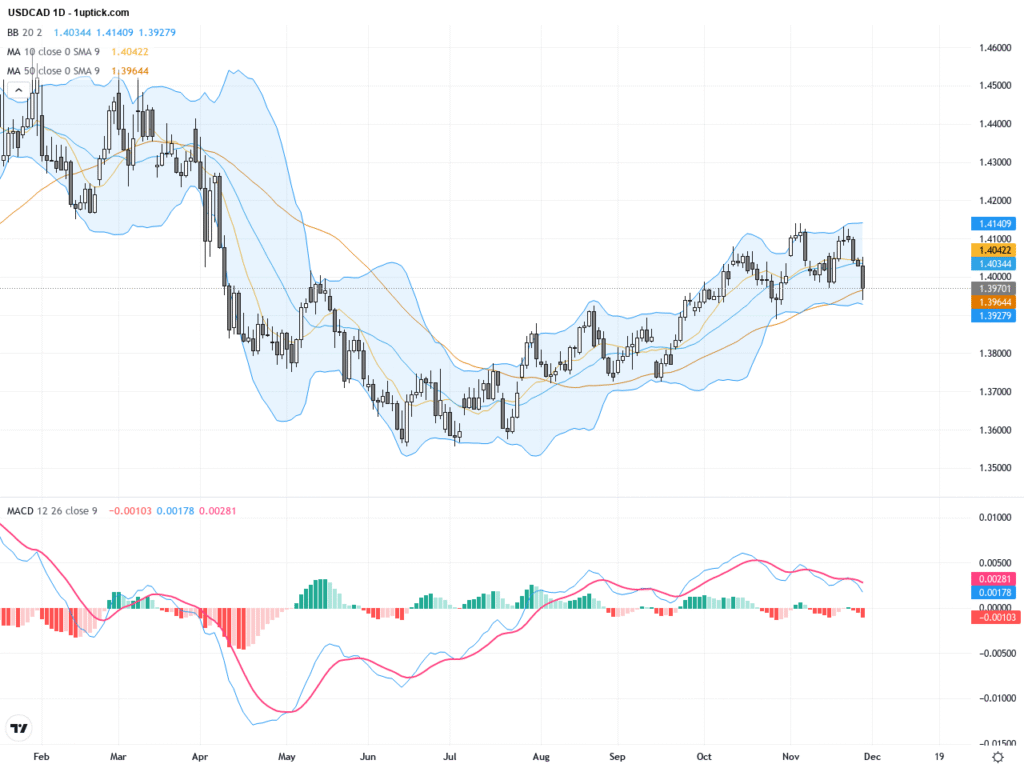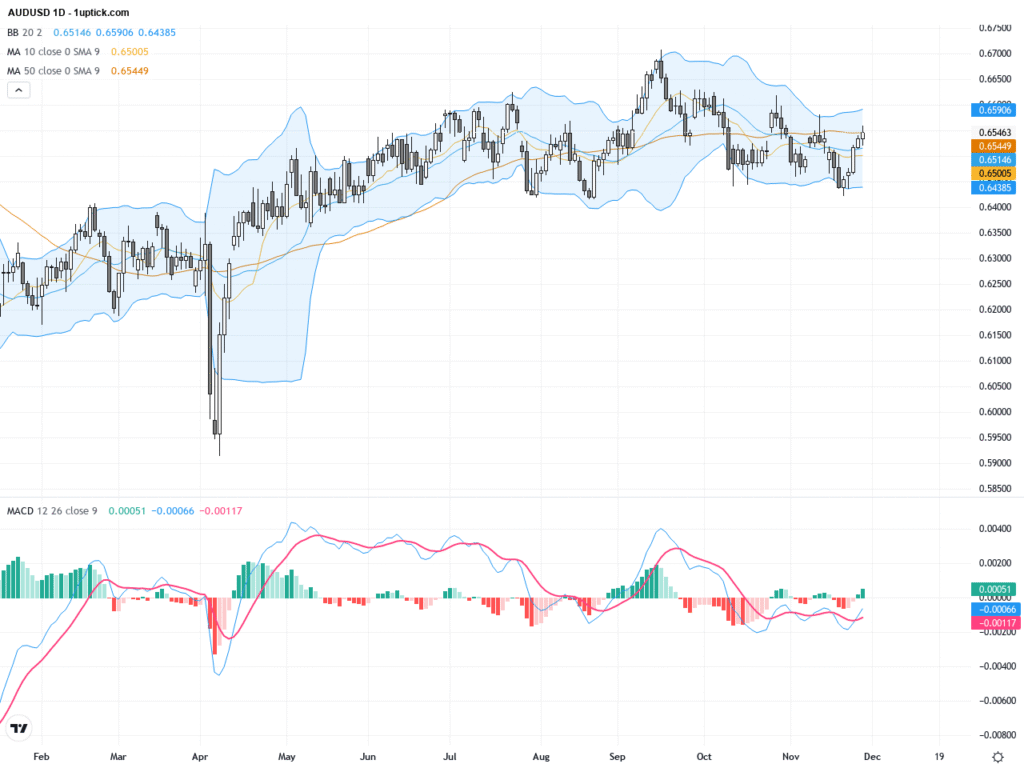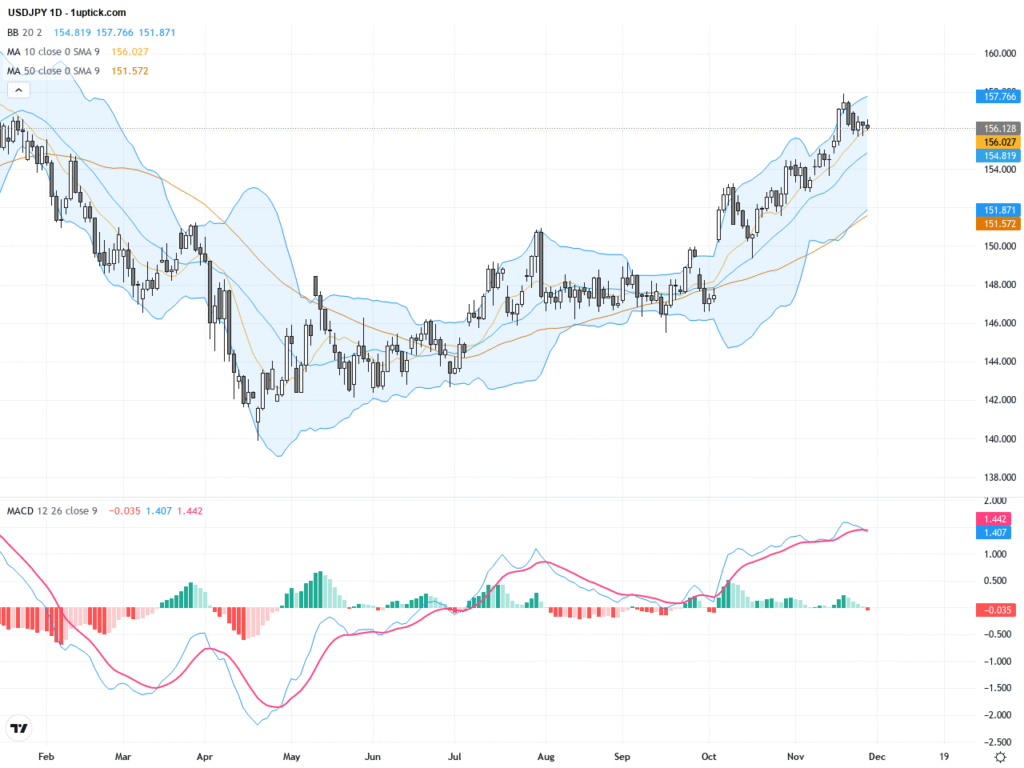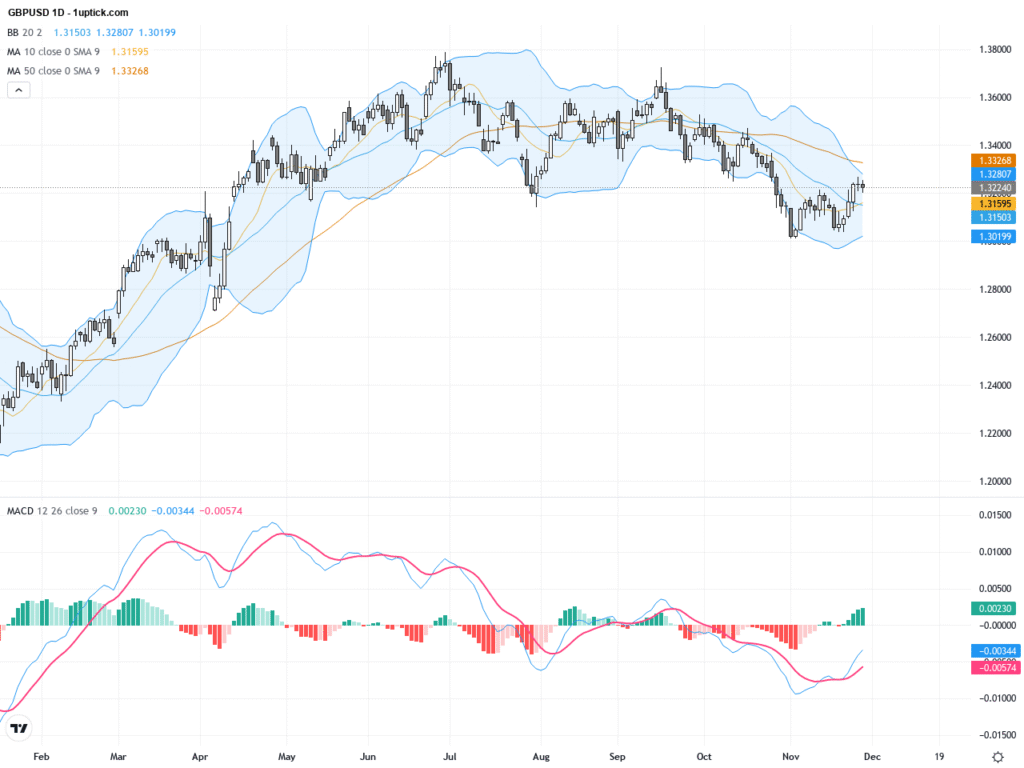 |
| Gold V.1.3.1 signal Telegram Channel (English) |

Walmart Outshines Target in Q2 2025: A Deep Dive into Retail’s Shifting Landscape and Performance Trends
2025-08-22 @ 00:01
Walmart Continues to Outperform Target: What Retail’s Q2 Results Reveal
The rivalry between Walmart and Target has taken center stage yet again, with both companies facing a rapidly shifting retail landscape in 2025. As the second quarter closes, the financial and operational data is clear: Walmart is pulling ahead, leveraging its scale, omnichannel investments, and essential goods focus, while Target finds itself struggling with ongoing margin compression and a challenging sales environment.
Walmart’s Standout Performance
Walmart’s recent quarterly results underscore its enduring resilience and adaptability. In Q2 2025, Walmart U.S. achieved comparable sales growth of 4.5% (excluding fuel), largely propelled by e-commerce, which contributed about 3.5 percentage points to overall growth. This highlights how Walmart’s significant investments in digital capabilities, from express delivery to expanding its online marketplace to over 500 million items, are paying off.
The launch of the “Walmart, Who Knew” campaign in June 2025 further cemented its push beyond traditional value offerings. By elevating its assortment with premium products and enhancing convenience through omnichannel fulfillment, Walmart is now appealing to a broader demographic and blurring the traditional line between ‘budget’ and ‘aspirational’ retail.
Foot traffic trends validate Walmart’s strategic approach. From May through July, monthly year-over-year store visits remained steady, fluctuating only slightly between +0.8% and -1.6%. This stability suggests that Walmart is successfully expanding its digital business and premium offerings without alienating its in-store customer base—a feat many retailers struggle to achieve.
Target’s Margin Pressures and Mixed Signals
Target, while still a formidable competitor, is facing headwinds. As the company prepares to report Q2 earnings, analysts project an earnings per share of $2.06 and revenue of $24.9 billion—a nearly 2% sales decline compared to the previous year. Target’s focus on higher-margin discretionary categories such as stylish home goods and exclusive brand collaborations has traditionally given it an edge, but changing consumer spending patterns are now working against it.
With macroeconomic pressures prompting shoppers to curb discretionary spending, Target has ramped up its emphasis on staples and essential categories, moving closer to Walmart’s core territory. However, this strategic pivot has not been enough to stem the slide in sales or margins. Market metrics reflect these challenges: while Target’s price-to-earnings and price-to-sales ratios suggest reasonable valuation, its quarterly financial results point to flat or negative sales growth and persistent margin compression.
In contrast to Walmart’s resilience, Target’s recent foot traffic and transaction metrics reveal more volatility. The brand’s attempt to emulate Walmart’s playbook in basics and everyday essentials is a logical response to the current economic environment, but it doesn’t yet offset weakness in its higher-margin businesses.
Financial Snapshot: Walmart vs Target
A side-by-side look at the numbers makes the contrast even starker. In the quarter ending August 2025, Walmart reported net income of $4.49 billion on revenue of $165.6 billion, with a net margin of 2.7%. Meanwhile, Target projects about $24.9 billion in revenue, but with a modest decline in sales and thinner margins. While both companies have significant scale, Walmart’s higher consistent profitability and diversified revenue streams—especially its dominance in grocery and essentials—put it in a stronger defensive position.
Stock market valuations reinforce Walmart’s leadership. Investors reward Walmart for its steady earnings, effective cost controls, and strong cash flow. Target’s stock, although potentially undervalued from a price/earnings perspective, reflects investor skepticism about its ability to maintain past growth rates and navigate ongoing challenges in discretionary categories.
The Future of Big-Box Retail: Convergence and Divergence
Both Walmart and Target are evolving. Walmart is aggressively building out its digital and premium-goods presence, while Target is doubling down on essentials and value messaging. Yet, the two brands’ underlying strategies and market positions remain distinct: Walmart is solidifying its role as America’s one-stop shop for necessities, leveraging scale and omnichannel sophistication, whereas Target, once the go-to for affordable chic, is working to recalibrate amid changing consumer habits.
What does this mean for investors and industry watchers? Walmart’s continued momentum suggests it will remain the industry benchmark for operational excellence, particularly in times of uncertainty. Target’s fortunes, while still significant for retail as a whole, will likely hinge on whether it can reverse its recent sales declines and rekindle growth in both essential and discretionary segments.
For now, the data speaks for itself: Walmart has successfully defended and expanded its lead, capitalizing on shopper preference for value, convenience, and omnichannel flexibility in a turbulent retail environment, while Target faces a tougher road ahead.








